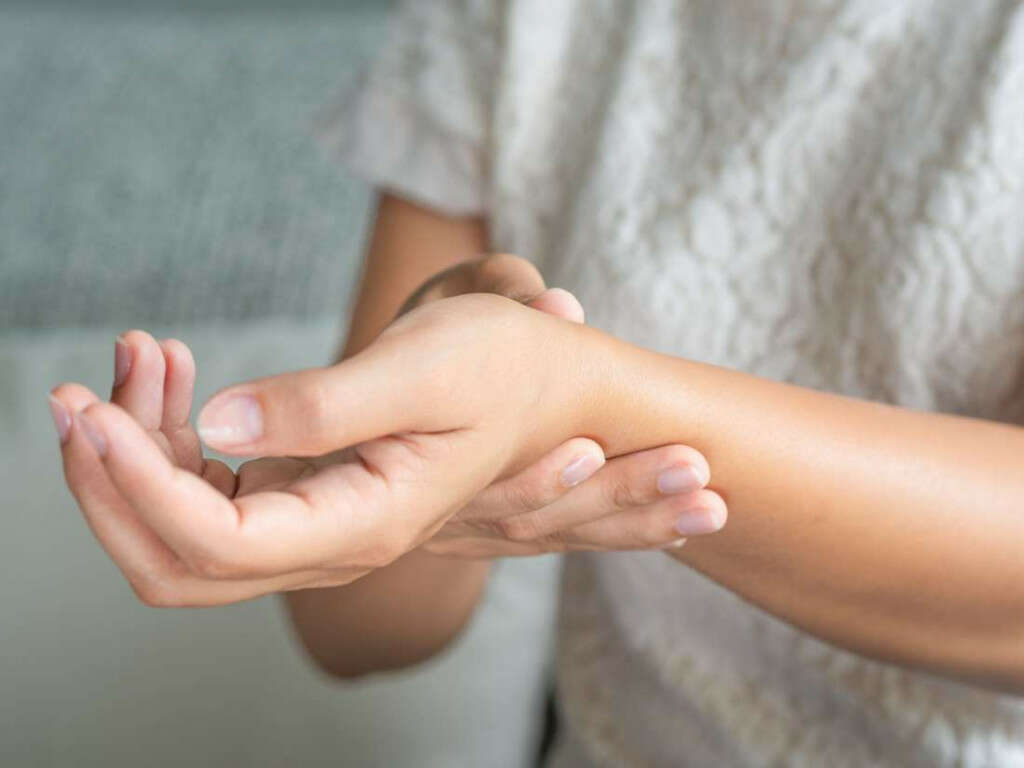10 Causes of Wrist Pain
Our wrists are superb biological contraptions that don’t get the credit they deserve. They allow for impressive dexterity and we use them every single day, even if we don’t notice. As is usual with the things we take for granted, we certainly begin to notice them when something goes wrong.
Wrists are prone to experiencing pain from a number of causes. Not only is this unpleasant but it can also hinder our ability to move freely. It is potentially problematic for people that need to work or take part in other activities. There are numerous potential causes of wrist pain and here’s a look at some of the most common.
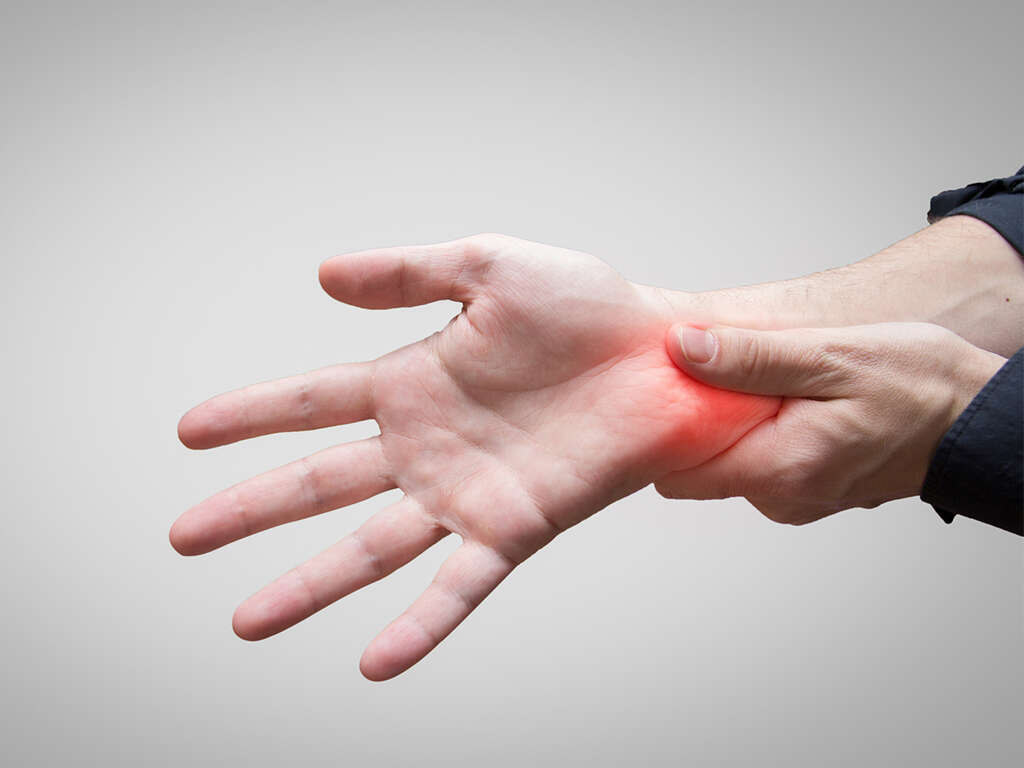
Cause #1: Physical Trauma
Our bones and other structures are reasonably able to withstand falls and other impacts but they are far from invincible. When we do fall, we will usually instinctively put our hands out in front of us, meaning that our hands and wrists are likely to take the brunt of the impact.
Such a fall, or any other impact, could potentially fracture the bones in the wrist as well as other structures such as ligaments or tendons. Such damage is often identifiable visibly through cuts, swellings or even visible deformations, but are not always so evident. It might sometimes take an x-ray or similar to be able to identify a problem.

Cause #2: Osteoarthritis
Our joints give us the flexibility that we need to be able to move freely. They give us the dexterity we need to perform even complex tasks and our wrist joints help us to carry out activities ranging from delicate operations to heavy labor. The flexibility is aided with soft cartilage at the end of our bones that provides a cushioning barrier between different bones.
Over time, though, this protective barrier can wear down potentially leading to the bones coming into direct contact with each other. This can cause pain, swelling and a loss of mobility. This condition is known as osteoarthritis and is fairly common, particularly among older people.

Cause #3: Repetitive Stress
Our joints are in use pretty much all day long. Quite often, they allow for even the slightest of adjustments that we don’t even notice. But it still means that our joints are in action. Occasionally, we might put our joints under more stress than usual and this could potentially lead to problems.
People that play certain sports or have certain jobs might be placing their wrists and other joints under repetitive stress. This means performing the same action repeatedly for extended periods of time, which can begin to take its toll on our joints. Such repetitive stress can lead to an inflammation in the joints which can be painful and restrict movement.

Cause #4: Carpal Tunnel Syndrome
Throughout our bodies is an extensive network of nerves that tell us all about the environment around us. These nerves will often pass through passages where space is tight but they are usually still able to operate freely. Sometimes, though, space can become so tight that it begins to impede on the nerves.
The carpal tunnel is found in the wrist and is a narrow passage through which nerves travel from the arm to the hand. Sometimes, surrounding tissues can begin to squeeze on the nerves, causing a range of symptoms including pain and numbness. The condition is known as carpal tunnel syndrome and will sometimes require surgery.

Cause #5: Rheumatoid Arthritis
Our immune systems are responsible for defending us against pathogens that could potentially make us very ill. It attacks unwanted intruders immediately and relentlessly until hopefully they have been defeated and the body is safe. Unfortunately, though, our immune system can turn against the very body it is supposed to be protecting.
Rheumatoid arthritis is an autoimmune disease, which means it is caused by the body’s immune system attacking the body. It attacks the joints, including those in the hand and wrist, and can cause pain, lack of mobility and even disfigurement. Although it is not yet curable, medicines are available that help slow progress and relieve symptoms.

Cause #6: Tendinitis
We are able to move around thanks to the help of our muscles and tendons. The tendons are attached to muscles at one end and to our limbs and other body parts at the other. When our muscles contract, they pull on body parts using the tendons, causing us to move. These tendons can be found throughout the body and are made from a very strong material.
As strong as they are, though, tendons can become inflamed and irritated if they are overworked. This causes a condition known as tendinitis and it can cause pain and a lack of mobility. It can occur in tendons all over the body including those in the wrist.

Cause #7: Gout
In history, gout was known as a rich man’s disease. This is because the main cause is a diet rich in meats and other foods that poor people could only afford in small amounts. Such a diet can cause the buildup of excess uric acid in the body and this can form crystals which can inflame and irritate tissues.
These uric acid crystals tend to form in the joints of the feet and hands. Here, they will cause pain and swelling and reduce mobility considerably. Although not dangerous, gout can still be very uncomfortable and should be treated accordingly. It can be prevented by limiting your meat and fat intake, maintaining a healthy body weight, limiting alcohol intake and drinking plenty of fluids.
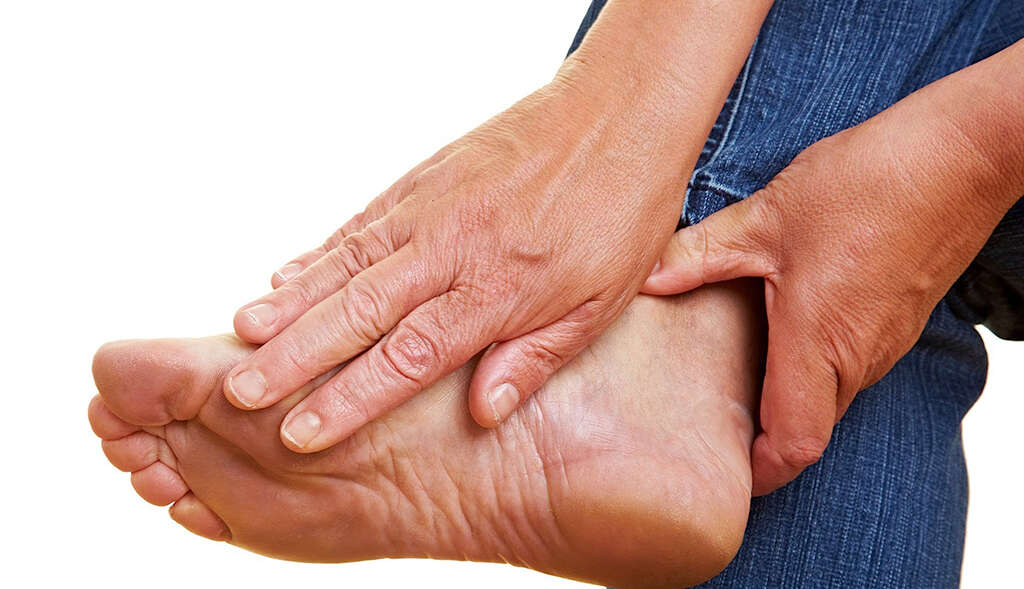
Cause #8: Kienbock’s Disease
The blood that is constantly being pumped around our bodies is jam-packed full of nutrients that feed the body. If any part of the body was to be cut off from these nutrients for whatever reason, then it could begin to fail or even die altogether. Our bones are no exception and they too will die if they are not fed a constant supply of blood.
Kienbock’s disease is a condition where one of the bones in the wrist, the lunate, is cut off from the blood supply. This causes the bone to die, causing the wrist to become painful, swollen and limited in mobility. There is no complete cure, but surgery can help relieve the condition and there are also medicines that can help relieve symptoms.
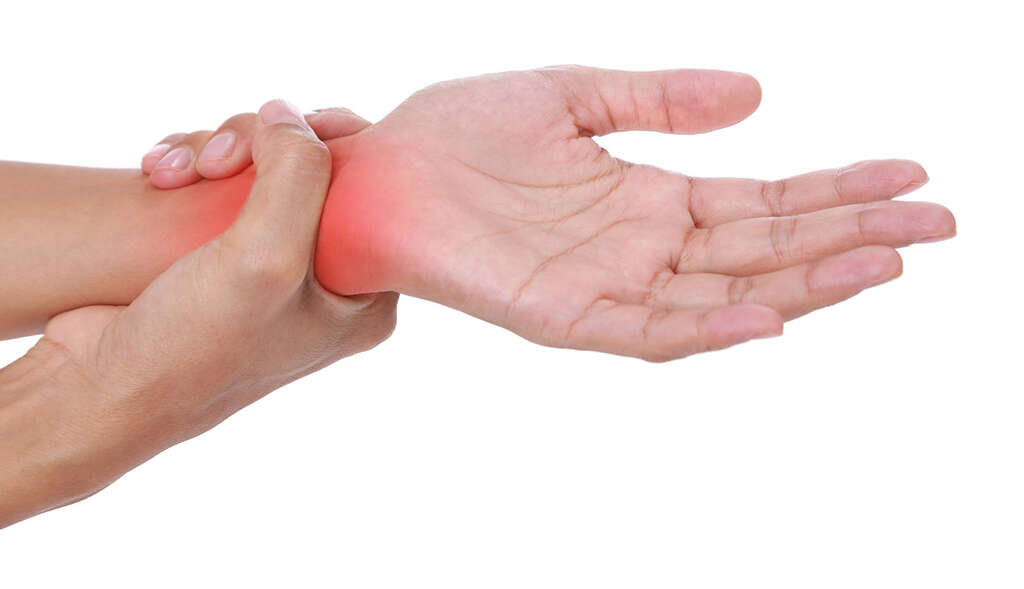
Cause #9: Ganglion Cysts
A cyst is a naturally occurring sac of fluid that can develop pretty much anywhere in the body. They are not usually dangerous but can be painful and can cause complications depending on where they are located. Ganglion cysts are those that are found specifically on the joints and tendons in the hands and wrists.
Ganglion cysts can cause pain and limit mobility as they grow. Although usually painless, they can sometimes place pressure on nearby nerves. Treatment often involves draining to remove the fluids, although it is possible that the cyst could re-occur. Surgery may be required in some cases but it is a relatively minor procedure.
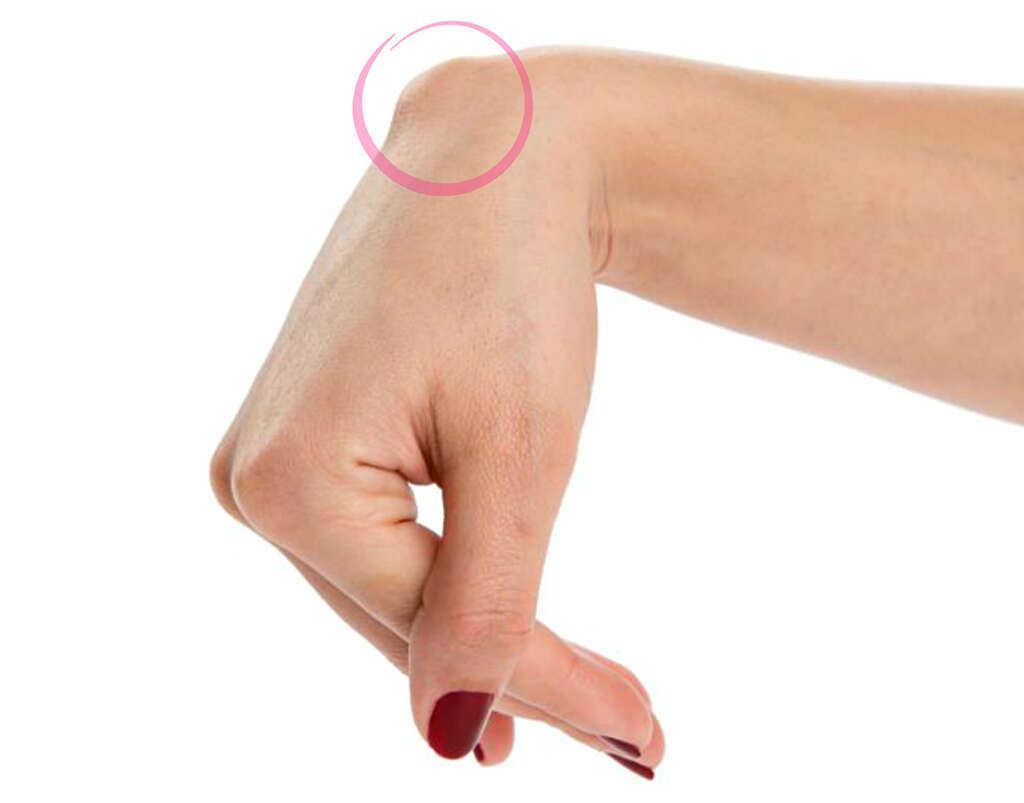
Cause #10: Rheumatic Fever
Streptococcus is a bacterium that is fairly common and can cause unpleasant infections. It is the cause of strep throat and scarlet fever, both of which can cause a number of symptoms. One such symptom of both strep throat and scarlet fever is rheumatic fever.
One symptom of rheumatic fever is a painful inflammation and soreness of the joints, including the wrists. Other symptoms can include chest pain, heart murmurs and even erratic behavior. Remedies are available to help relieve the symptoms of rheumatic fever, while the strep throat or scarlet fever causing it should also be treated.











